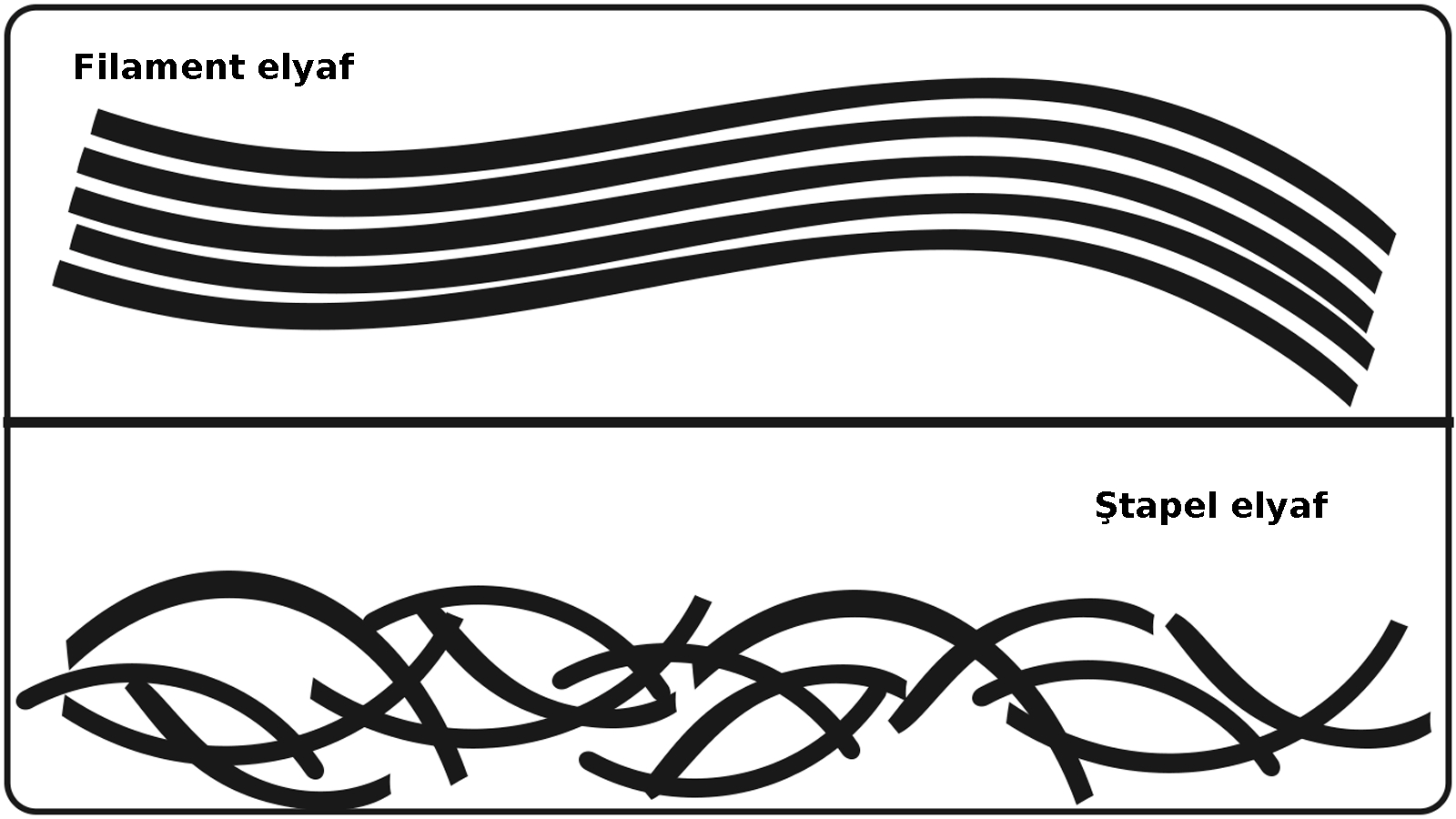What Is Shrinkage - Textile Shrinkage
21:10
0 comments
Shrinkage is also called residual shrinkage and measured in percentage. The major cause of shrinkages is the release of stresses and strains introduced in manufacturing processes. Textile manufacturing is based on the conversion of fiber into yarn, yarn into fabric, includes spinning, weaving, or knitting, etc. The fabric passes through many inevitable changes and mechanical forces during this journey. When the products are immersed in water, the water acts as a relaxing medium, and all stresses and strains are relaxed and the fabric tries to come back to its original state.
When a piece of fabric or an apparel product is washed, its size (dimension) get shortened from its original size after the wash (laundry process). The process of shrinking the fabric's original size is called shrinkage. In the subsequent washing, the clothes shrink more. Shrinkage may happen in any kind of wet processing or heat processing. The shrinkage may happen in lengthwise, or in widthwise, or in both ways. Shrinkage is a negative effect in the garments if the garment shrinks more than a certain percentage (normally 2-3%). In case the fabric is not pre-shrunk whether it's a knitted or a woven fabric, garment made from that fabric will shrink to some extent.
Why the Fabric or Garments Shrinks
Reasons for fabric shrinkage includes followings
- In weaving process the yarns are stretches and a high tension exists in the woven fabric.
- In the fabric production processes (dyeing, printing and finishing process), the fabric is inevitably stretched by machine and tension exists in the fabric.
The fabric relieves its tension when it is get washed and tumble dried, which results in shrinkage in the fabric. Even if the fabric specimen dipped into water over a night fabric shrinks.
Learn more about the basics of shrinkage:
1-) Impact of Shrinkage
2-) Shrinkage Defined
3-) Types of Shrinkage
4-) Physics of Shrinkage
1-) Impact of Shrinkage
Shrinkage of textile and apparel products has always had a profound effect on design and production planning in all areas of textile and apparel manufacturing. In today’s competitive markets, where high quality is expected at a low price, apparel companies are demanding products with low levels of shrinkage from their suppliers.
2-)Shrinkage Defined
Dimensional change means any change in dimensions of a fabric or garment, whether positive or negative. A positive change in dimensions is growth, and a negative change in dimensions is shrinkage. In garments, shrinkage characteristics relate not only to dimensional changes, but also to changes such as seam puckering and skew, changed relationships between the body cloth and trim components, and changes in fit. For the purposes of this course, shrinkage is defined as a dimensional change in a fabric or garment caused by an application of a force, energy, or a change in the environment that either allows the goods to relax or forces the fabric to move in a given direction.
3-) Types of Shrinkage
Shrinkage and its causes can be broken down into two types: construction shrinkage and processing shrinkage. This means that shrinkage is affected both by the fabric’s construction parameters and by the forces applied during dyeing and finishing. Sewing and finishing processes during apparel manufacturing also can affect shrinkage. The shrinkage of a product is affected by both application and removal of stresses.
4-) Physics of Shrinkage
Science tells us that the lowest energy state for a flexible rod is that of a straight rod. From a physics perspective, yarn is a flexible rod. The yarn is bent to form the loops in knits and the warp and filling yarns in weaving. The bending of the yarn and the amount of open space in the fabric determine the amount of shrinkage resulting from removal of stress on the yarns and reduction in the openness of the fabric.
-
İş sağlığı ve güvenliği için bazı işletmelerde pr ayakkabı kullanımı gereklidir. Ayakkabılarda rastladığımız "PR" terimi, İngiliz...
-
Ayakkabılarda doğru numara seçimi sağlık ve kullanım ömrü açısından önem arz eder. Kesirli Ayakkabı Numaraları Ne Anlama Geliyor? 🤔 Bazı a...
-
Yeşil renk ve tonları, sarı ile mavi ışığın birleşmesi sonucu oluşur ve fotosentetik pigmentler nedeniyle bitki yapraklarında yaygın olarak ...
-
Mavi polycotton nevresim takımı. Polycotton , polyester ile pamuğu (cotton) karıştırarak elde edilen, her iki elyafın en iyi performans ...
-
Rahat bir kullanım için ayağın genişliği ve uzunluğuna uygun ayakkabıyı seçmek son derece önemlidir. Ayakkabı Genişlik Terimleri: E, F, FX,...
-
Kumaşın ön yüzünün ve arka yüzünün gösterimi. Kumaş yüzü (Alm. Stoffvorderseite, Fr. front de tissue, İng. fabric face; face of fab...
-
Şali kumaş bayrak. Şali , tiftik iplikten dokunmuş ince bir kumaş türüdür. Kaba ve seyrek dokunanları genelde bayrak yapımında kullanılmış...
-
İngilizce renkler. İngilizcede renk kelimesi Amerikan İngilizcesinde "color", İngilizce İngilizcesinde "colour" olarak ...
-
Lif kısaltmaları tekstilde elbise üretiminin her aşamasında kullanılır. Tekstil, Kumaş, Lif ve Elyaf Kısaltmaları : Tekstil endüstrisi, lif...
-
Parlement mavisi rengi, denizin hava kararırken aldığı renk olarak tanımlanabilecek mavidir. Parlement mavisi, orijinal olarak lapis lazul...
-
Türk tekstil ve hazır giyim sektörü: yerli markaların yükselişi. Türkiye'nin lokomotif sektörlerinden biri olan tekstil ve hazır giyim...
-
Akrilik elyaf, iyi yalıtım özelliğine sahip olmasıyla öne çıkan sentetik bir lif türüdür. Akrilik Elyaf: Tanım ve Özellikler Akrilik, ( Alm....
-
Kumaş numunesi. 1) Yapılarına göre (nasıl yapıldıysa o ismi alır) a) Dokunmamış kumaşlar - Nonwoven , keçeler, kağıt telalar, elyaf, vi...
-
Ünlü Türk modacı ve tasarımcılarının kreasyonları artık dünya moda başkentlerinde sergileniyor. Türkiye'de tekstil ve moda sektörünü...
-
Farklı renk ve türdeki kumaş çeşitleri. Kumaş, ipliklerin, çeşitli yöntemlerle bir araya getirilerek oluşturduğu kaplayıcı yüzeylerd...
-
Türk ayakkabı markaları, yerli ham maddeyi mükemmel işçilik ve estetik tasarımlarla birleştiriyor. Türk malı ayakkabı ürünler, kalitesi ve e...
-
Dünyanın en meşhur modacıları. Dünyaca ünlü modacılar Her sezon önce podyumları sonra da vitrinleri süsleyen özel koleksiyonların arkas...
-
Lif kısaltmaları tekstilde elbise üretiminin her aşamasında kullanılır. Tekstil, Kumaş, Lif ve Elyaf Kısaltmaları : Tekstil endüstrisi, lif...
-
Naylon olarak da bilinen polyamid kumaşlar sentetik kökenli bir kumaş türüdür. Polyamid ya da naylon (Alm. Polyamidfaser, Fr. fibre ...
-
Tekstil ürünlerinin etiketlerinde yıkama, kurutma ve ütüleme ile ilgili semboller bulunur. Tekstil Ürünleri için Tavsiye Edilen Yıkama Tali...




















































































































0 yorum:
Yorum Gönder
Merhaba, daha kaliteli bir site için yorumlarınızı bekliyoruz.